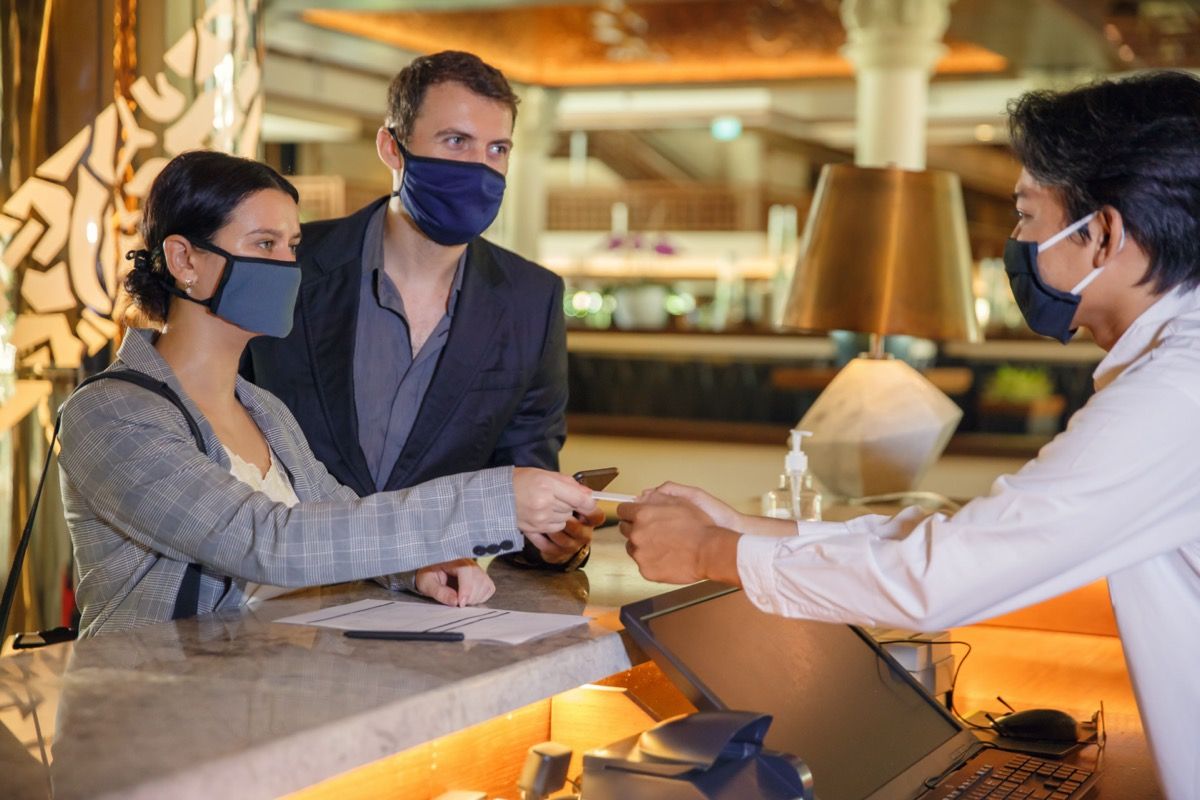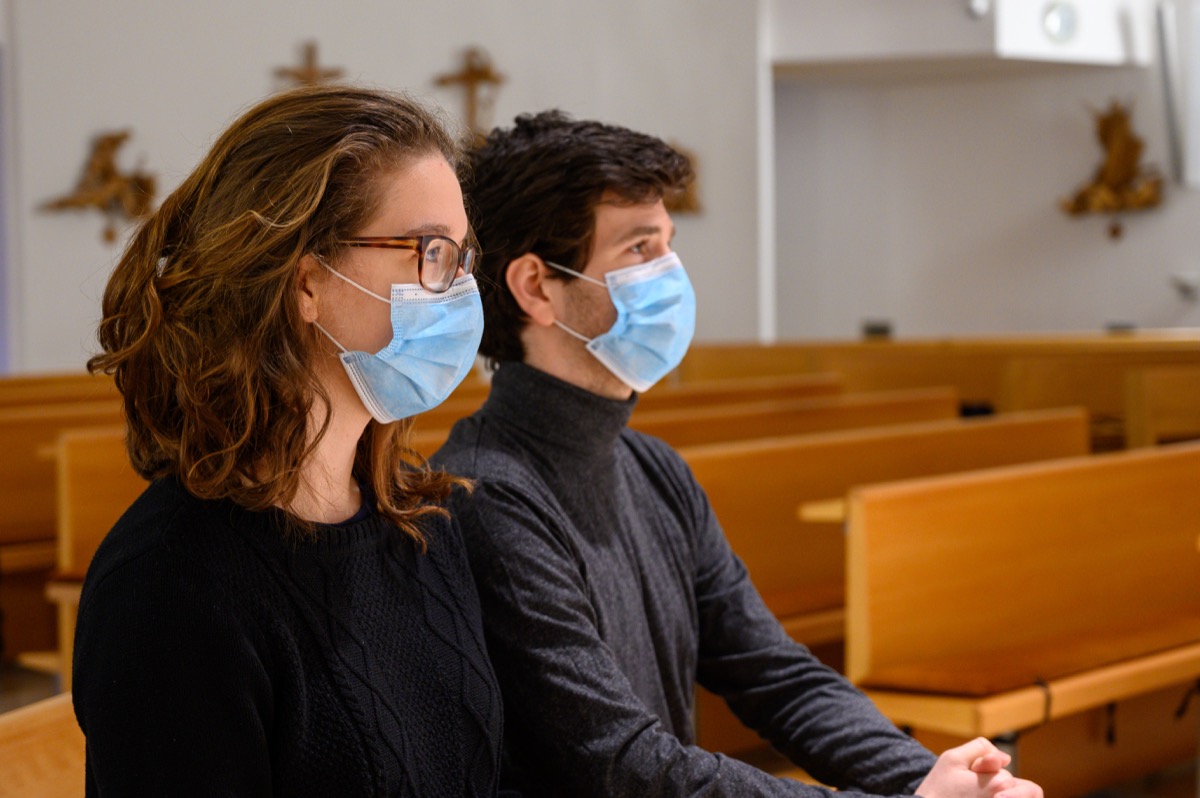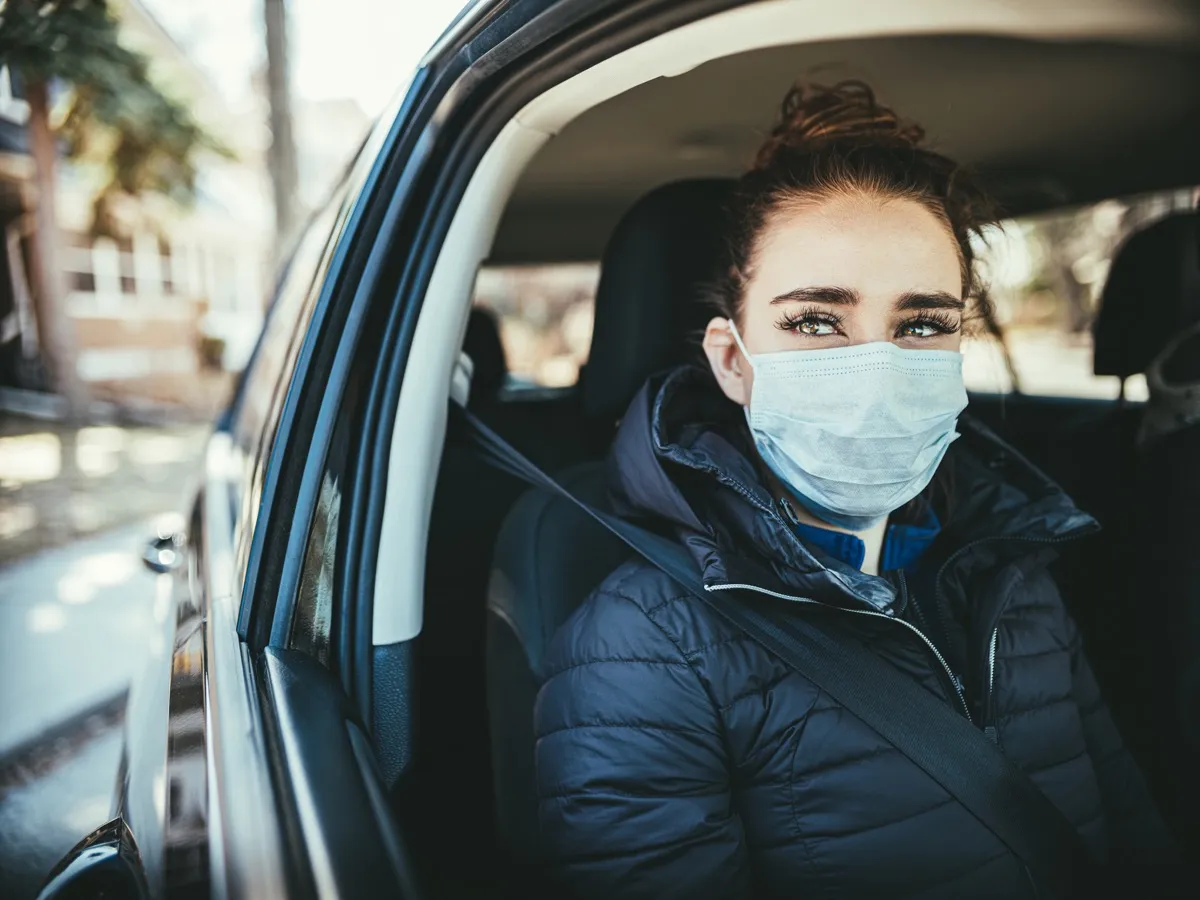While appearing via video at a press conference held by New York Gov. Andrew Cuomo on Dec. 7, Fauci pressed the executive on the issue of in-person learning being suspended while bars and restaurants remain open across the state. Despite initial concerns that students would have high infection rates when classrooms reopened, Fauci argued that “we’re not finding that with this coronavirus.” He added: “The test positivity in schools is actually really low, which is really a good thing.” The National Institute of Allergy and Infectious Diseases (NIAID) said that the current policy of keeping schools closed was at odds with restaurants continuing to offer indoor dining and bars being allowed to serve customers across the Empire State, arguing that the government could use economic stimulus to protect workers and customers from the virus by paying these businesses to close. “So long as you subsidize and help the restaurateurs and the bar owners so that they don’t go down and essentially crash because of the economic strain…” Fauci said. “If we can keep those things under control, subsidize those people, as well as keep the schools open, we’d be in good shape.” But bars and restaurants aren’t the only places that cause medical experts concern amid surging COVID cases. Read on to see where else is considered high-risk, and for more on where the virus is spreading, check out Almost All COVID Transmission Is Happening in These 5 Places, Doctor Says. Read the original article on Best Life.ae0fcc31ae342fd3a1346ebb1f342fcb Travel may be specifically advised against lately by the Centers for Disease Control and Prevention (CDC), but that hasn’t stopped millions of Americans from hitting the road and taking to the skies. The agency says that traveling “increases your chances of getting and spreading COVID-19,” ranking staying in a hotel as very risky in their guidelines, second only to staying in a hostel or dormitory-style dwelling. And for more on how dire the current status of the pandemic is, check out Every State Should Be Locking Down Except These 3, Researchers Warn. As venues that are made to be cozy and inviting by design, cafes and coffee shops are essentially built for long periods spent indoors reading, catching up with a friend, or working on a laptop. Unfortunately, that risky behavior can have consequences: According to a study released by the CDC in September, it was found that 8.5 percent of people who tested positive for COVID had recently visited these places when grouped with bars. And for more on the latest with the virus, sign up for our daily newsletter. Houses of worship have long been considered high-risk venues, namely because they bring together large crowds of people packed closely indoors who are likely to sing and release potentially infected droplets into the air. The same CDC study found that 7.8 percent of people who tested positive for COVID had recently been to a house of worship. And for more on when we could potentially put the pandemic behind us, check out Your Life Will Get “Back to Normal” by This Month, White House Says. Even though your recent travel may not involve jet-setting across the continent, you could still be putting yourself at risk when traveling across town in an Uber or other rideshare service by being in a small, enclosed space with a stranger. Luckily, a study conducted by a team of Brown University researchers and published in the Science Advances journal on Dec. 4 found that you can greatly reduce the risk by driving with as many windows down as possible, as well as maximizing your distance from the driver by choosing to sit in the rear passenger seat rather than behind the driver’s seat. And for more on this study, check out If You’re Doing This While Driving, You’re at Higher Risk for COVID.



